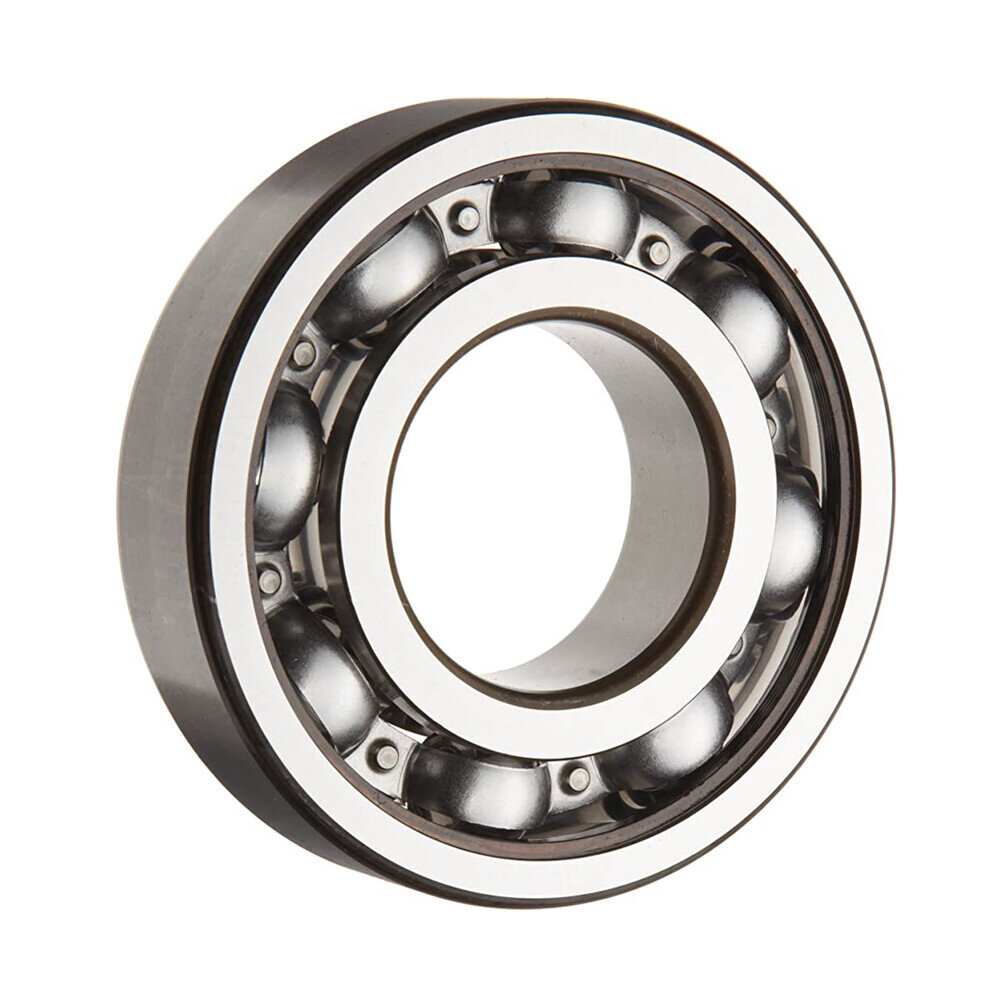Understanding the Self-Aligning Ball Bearing Size Chart
Understanding the Self-Aligning Ball Bearing Size Chart
Blog Article
Understanding the Self-Aligning Ball Bearing Size Chart
2220 Dimensions of self aligning bearing are crucial components in a variety of machinery and equipment, renowned for their ability to accommodate misalignments and reduce friction. These bearings are particularly useful in situations where shafts might have issues aligning because of assembly errors or operational stresses. Knowing what dimensions, specifications and features of auto-aligning ball bearings are vital to choose the best bearing for your application. This guide provides a comprehensive overview of the primary dimensions and specifications to take into consideration.

Dimensions and Basic Specifications
Self-aligning ball bearings come in different dimensions and specifications, all suited to specific applications. The primary dimensions to consider include bore diameter, outer diameter and the width. These dimensions are usually stated in millimeters. They are essential in determining the compatibility of the bearing with your machine.
Bore Diameter (d) Bore Diameter (d) is the diameter inside the bearing that is fitted onto the shaft. Bore diameters range from as small as 10 mm to over 100 millimeters, based on the size of the bearing. An accurate measurement of the bore diameter is vital to ensure that the bearing is properly fitted and avoid issues such as too much play, or shaft misalignment.
The Outer Diameter (D): The outer diameter is the dimension of the bearing, which determines how it fits into the structure of the housing or support structure. It is vital to ensure that the bearing fits securely within the specified space. The outer diameter can be varied, typically ranging from 30 millimeters to 150 millimeters or more.
Width (B) Width (B): The size of the bearing is the distance between its inner and outer rings. This dimension influences the bearing's capacity for carrying loads as well as its overall stability. They are generally available in a variety of sizes that can be used to meet various load requirements and space limitations.
Load Ratings and Material Specifications
When deciding on self-aligning bearings load ratings are another critical consideration. Bearings are subject to various kinds of loads, such as both axial and radial loads. Self-aligning ball bearings are made to withstand radial loads as well as moderate Axial loads across both direction. The load ratings, defined as static and dynamic load ratings, indicate the bearing's ability to handle these forces without causing premature failure.
Dynamic Load Rating (C) The rating reflects the ability of the bearing to manage radial loads in operation. It is usually expressed in Kilonewtons (kN) and reflects the performance of the bearing under normal operating conditions.
Static Load Rating (C0) The static load rating indicates the capacity of a bearing to handle static loads without causing excessive deformation. This rating is vital in applications where the bearing will be exposed to a lot of pressure when stationary.
Materials used in self-aligning balls bearings, including ceramic or steel, have an impact on their longevity and performance. Good quality bearings usually utilize materials that give them superior durability and resistance to wear and corrosion.
Design Variations and Features
Self-aligning ball bearings are available in various design configurations which include shielded, open and sealed models. They allow direct cooling and lubrication, however, they require maintenance on a regular basis. Shielded bearings on the contrary, have metal shields that protect against contamination while decreasing the need for frequent oiling. Sealed bearings come with rubber seals that offer the best level of protection against moisture and dust and are therefore ideal for harsh environments.

Conclusion
Selecting the best self-aligning ball bearing involves knowing the crucial measurements and specs, including dimensions like bore size, diameter of the outer, width, and load ratings. If you take into consideration these parameters as well as the design and material variations it is possible to select one that will provide optimal performance and longevity for the specific purpose you are using it in. For industrial equipment or consumer products, precise selection of the right bearing is crucial to ensure reliable and efficient operation. Report this page